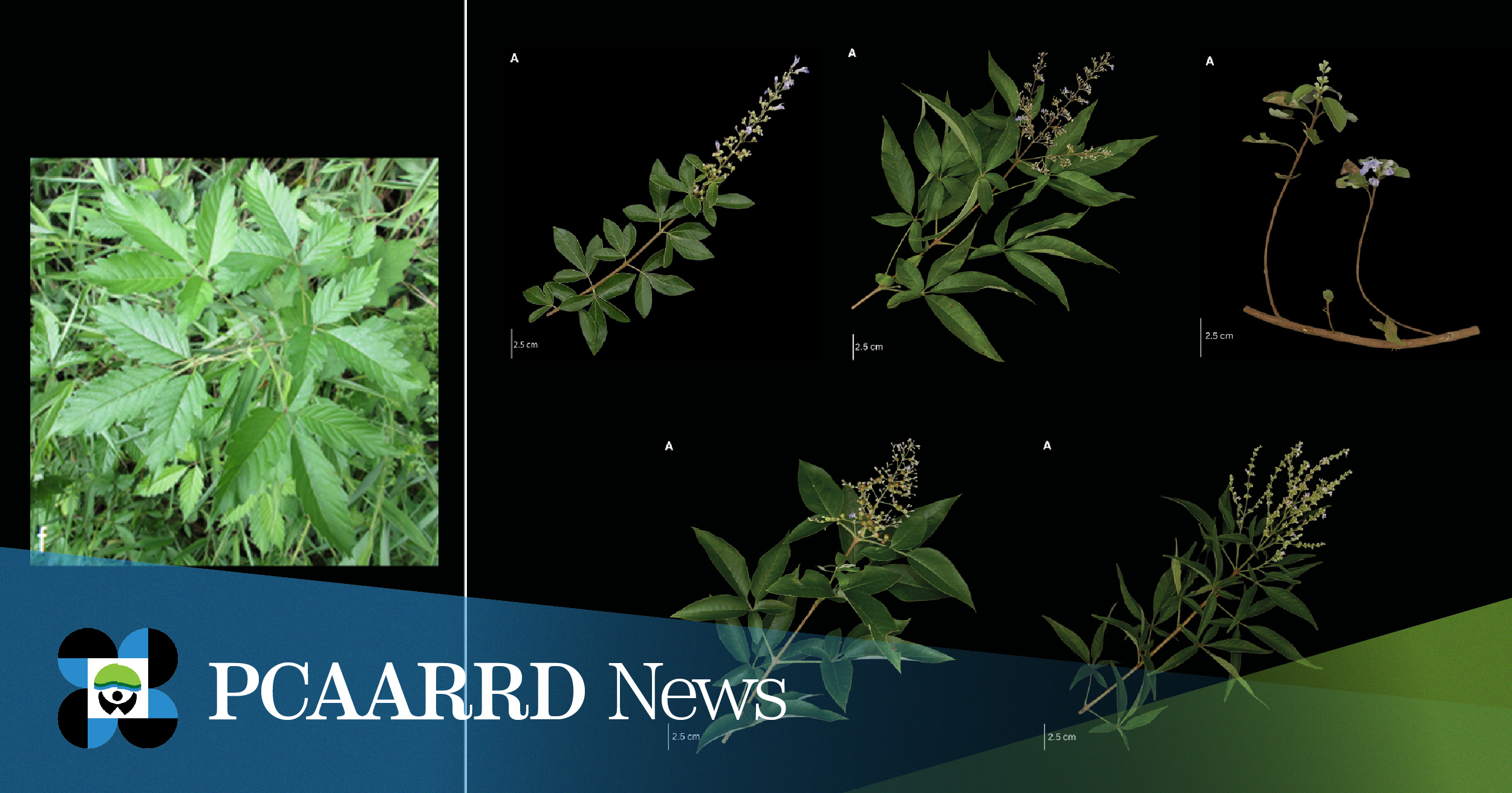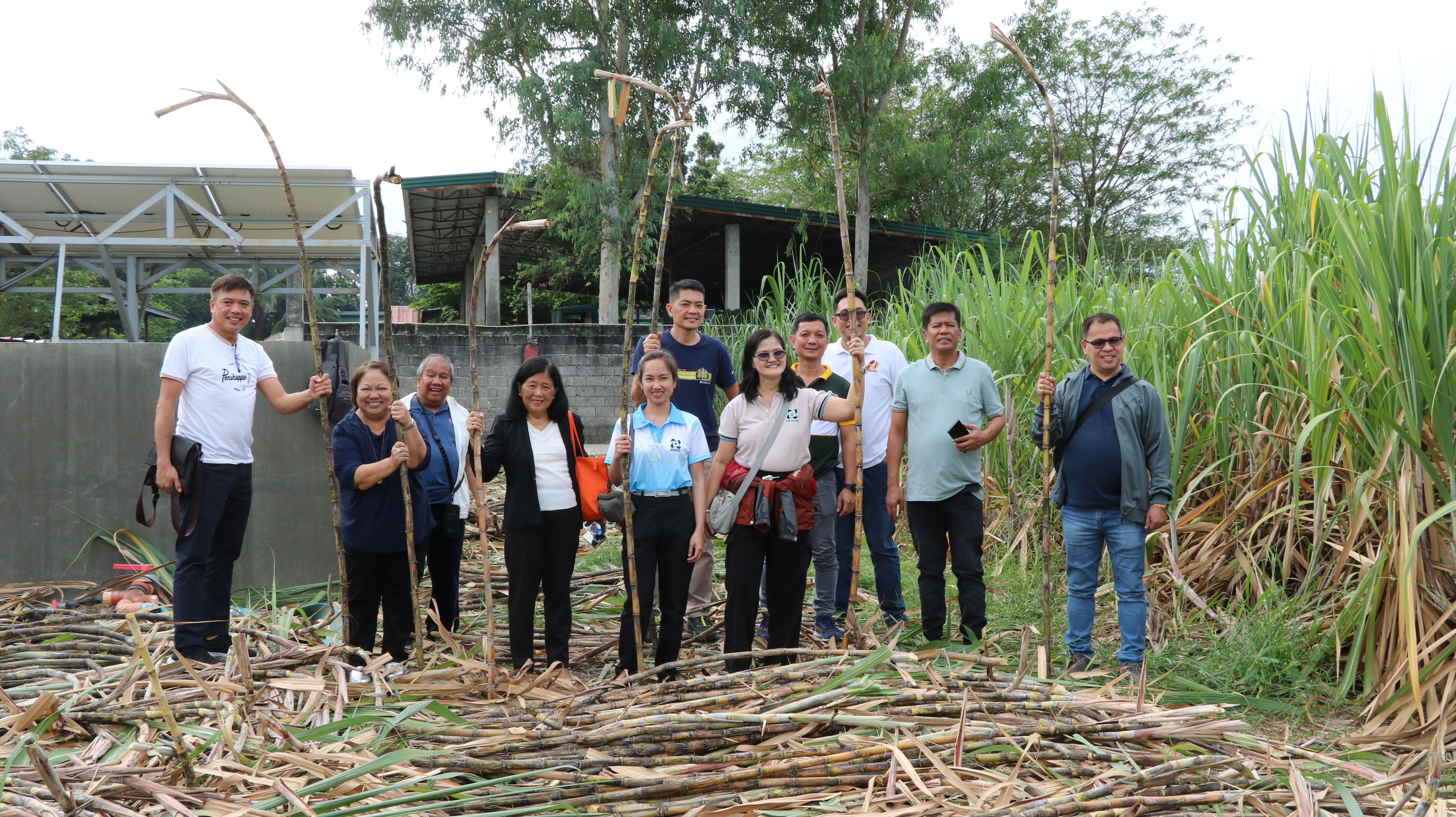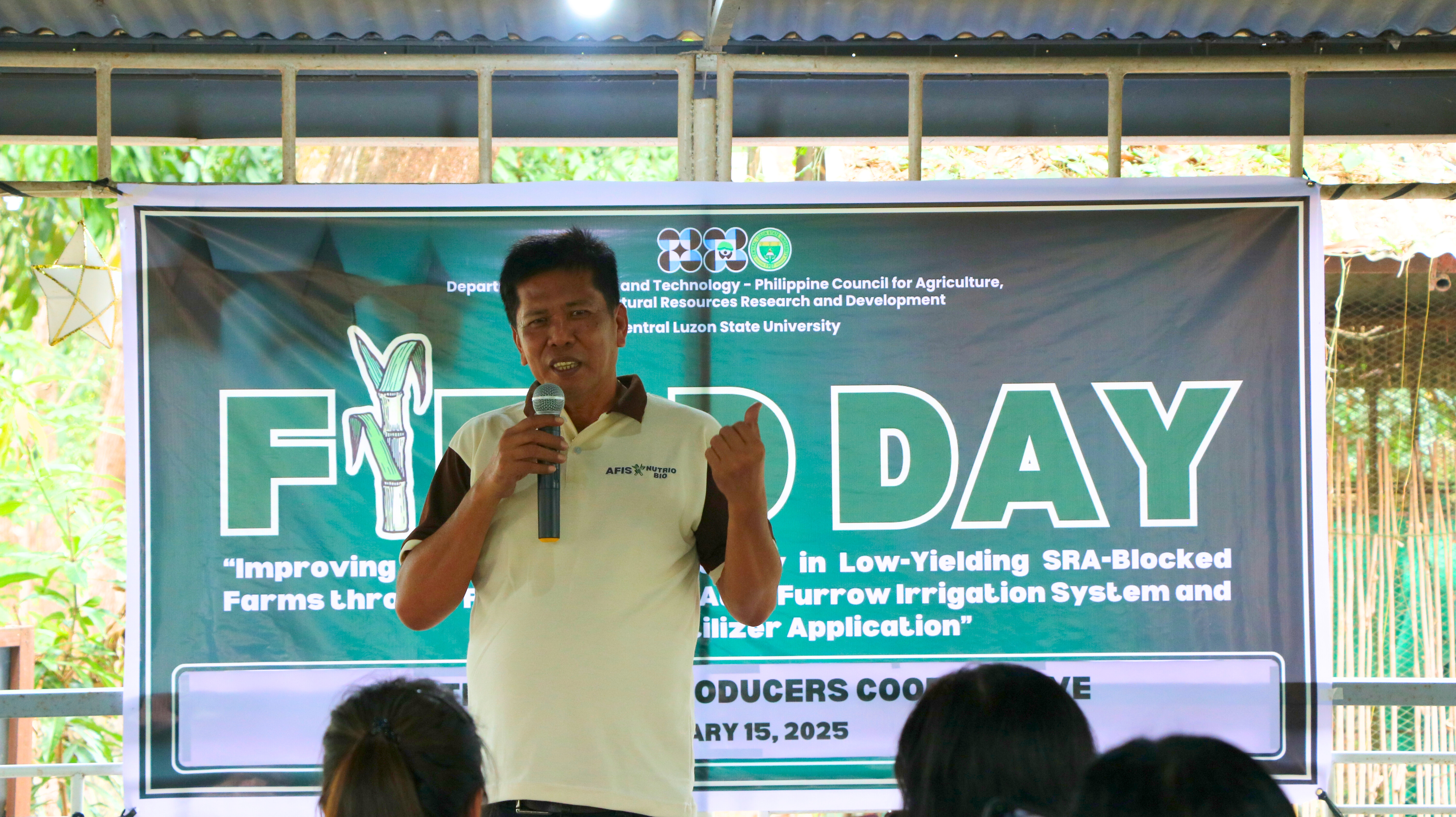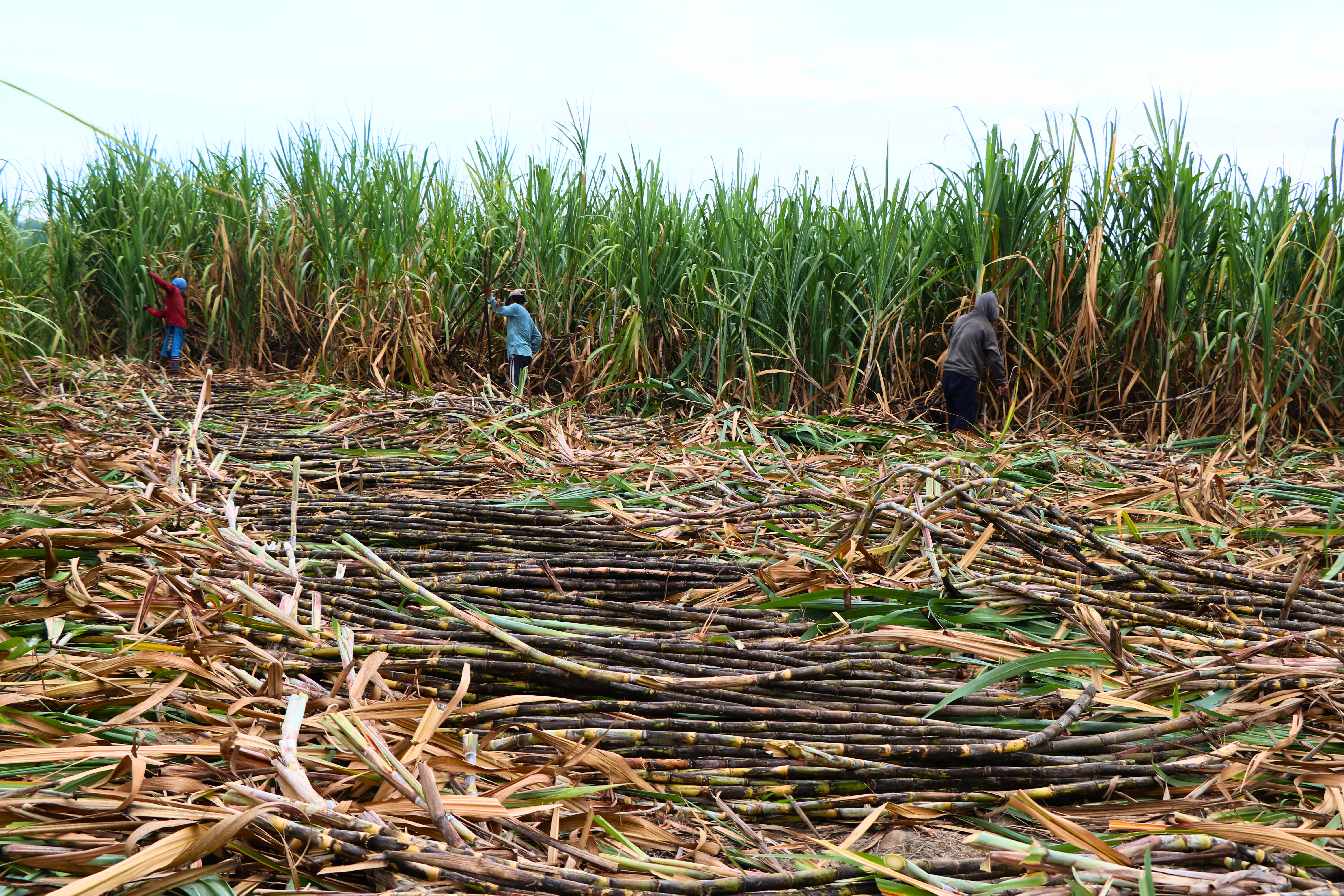A breakthrough study resolves the long-standing taxonomic confusion surrounding the Philippine ‘lagundi,’ revealing that what was previously identified as Vitex negundo in the country comprises five distinct species within the V. trifolia complex.
Lagundi is popular for its medicinal uses such as treatment for cough. However, despite its extensive use, its taxonomic identity remained unclear.
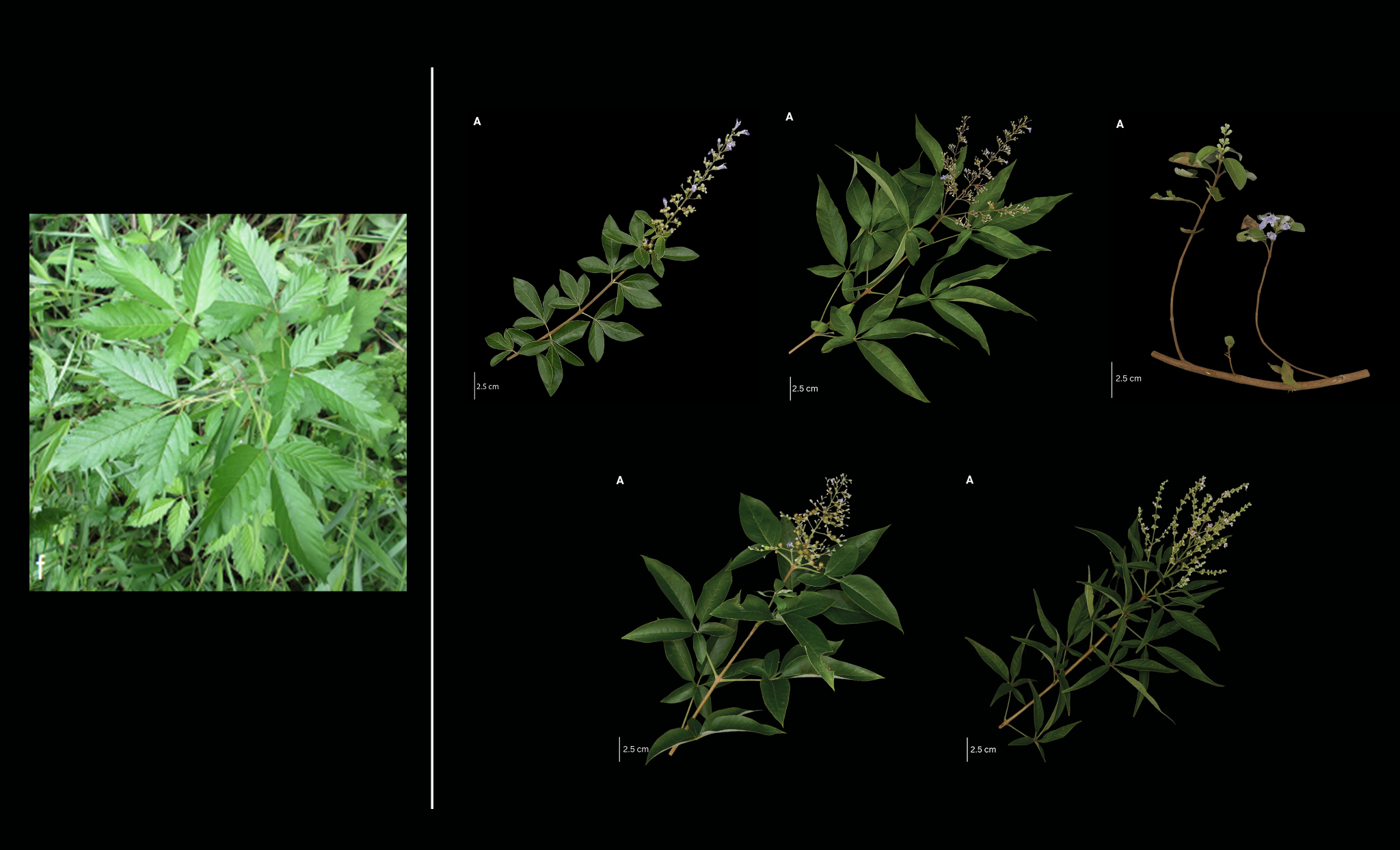
A taxonomic key distinguishes morphological characteristics, such as form and structure, to identify different species. In their study, the team observed various traits of the collected specimens, which determined their morphological differences.
The team of Dr. Renerio P. Gentallan, Jr. discovered that the V. negundo s. str. is not distributed in the Philippines and exhibits significant morphological and molecular variations compared with other species within the V. trifolia complex.
The Philippine species that belong to this complex include Vitex arvensis Gentallan, Sengun & M.B.Bartolome; V. bicolor; V. elmeri; V. rotundifolia; and V. trifolia.
One notable difference is in the leaflets, as the lagundi in the country have entire leaflets, while the true species has dentate, or toothed-like, leaf margins, at maturity.
Based on these findings, the researchers proposed reinstating the endemic V. elmeri Moldenke as a distinct species, highlighting its morphological differences from V. negundo.

These discoveries were recently published in the Phytokeys journal and observed through the project, “Development, Genotyping, and Preliminary Evaluation of Genetically Stable Planting Materials of Selected Medicinal Plants,” funded by the Philippine Council for Agriculture, Aquatic and Natural Resources Research and Development of the Department of Science and Technology (DOST-PCAARRD).
Led by Dr. Gentallan from the Institute of Crop Science of the College of Agriculture and Food Science (ICropS-CAFS), UPLB the project aimed to develop, characterize, and evaluate genetically stable planting materials of selected Philippine medicinal plants, specifically lagundi, ‘luyang dilaw’ (turmeric), ‘niyog-niyogan’ (rangoon creeper), ‘pansit-pansitan (shiny bush), roselle, ‘sambong (ngai camphor)’ ‘serpentina’ (king of bitters), ‘akapulko (ringworm shrub), and ‘tsaang gubat’ (forest tea).
The UPLB team also reported V. arvensis Gentallan, Sengun & M.B. Bartolome as a newly identified endemic lagundi species. This species is predominantly cultivated in the country and is believed to be a putative hybrid of V. bicolor Willd. and V. elmeri Moldenke.
The recent discovery highlights the importance of accurate species identification, particularly in the case of lagundi, for conservation, medicinal plant research, and practical applications. Since some of these species are endemic to the country, the findings also underscore the need for their protection and sustainable use to preserve ecological and possible economic benefits.
The full study of Dr. Gentallan and his team's research is available at https://phytokeys.pensoft.net/article/120387/ .
These findings were also presented at the International Conference on Advances in Medicinal & Aromatic Plant Research (IORA-AMAR 2025) held at the CSIR-Central Institute of Medicinal and Aromatic Plants, Lucknow, India, where it was awarded as the best oral presentation.

